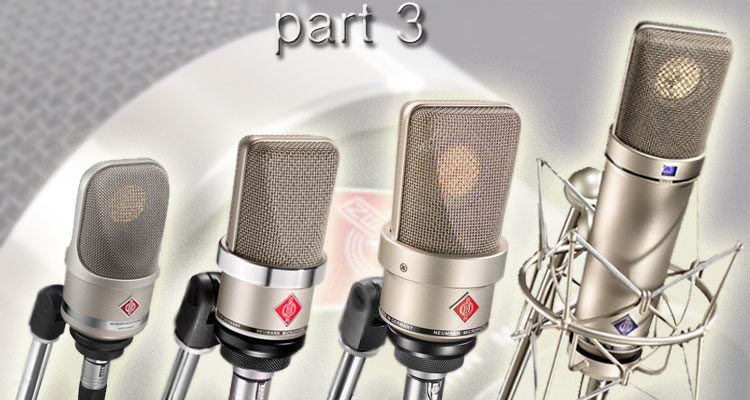
Welcome to Part 3 of our Neumann Microphone Comparison – in Parts 1 and 2 resident reviewer, Mike Aiton, introduced us to the selection of microphones he would be reviewing over the coming weeks and we gave you the opportunity to listen and vote for your favourite during the Cello, Male Voice Over, Female Vocal, Acoustic and Electric Guitar Recording Tests. Now in the final part, Mike gives you his overall, in-depth summary of this family of microphones.
‘The Family’ of German Studio Microphones – Part Three (Results)
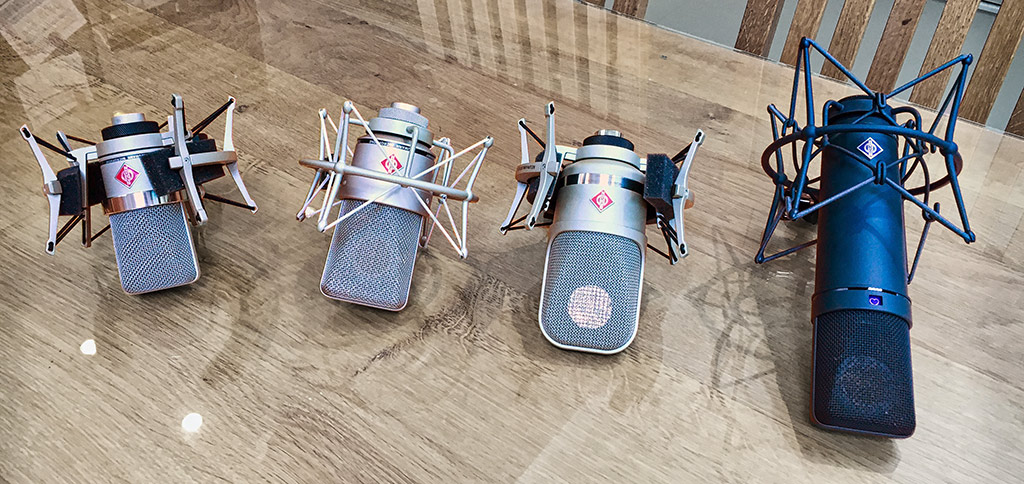
At my Twickenham studio, Mikerophonics, I have been feasting on a spread of some of Berlin’s finest Teutonic studio microphones from the house of Neumann (now part of the Sennheiser Group).
PART ONE
In PART ONE I described the physical and audio properties of each microphone and what we could potentially expect.
I recorded i) a cello & ii) a male voice-over to enable you to compare and we put up the Pro Tools session file and wav files on Soundcloud to enable you to vote for your preferred microphone
PART TWO
In PART TWO I recorded i) a female singer & ii) some acoustic guitar & iii) some loud electric guitar to enable you to compare and we put up the Pro Tools session file and wav files on Soundcloud to enable you to vote for your preferred microphone
PART THREE – Results
My expert listeners (whose ears I often trust & refer to) were recruited for their feedback from a variety of ‘audio walks of life’ from music recording to film & TV:
1) David Hamilton-Smith (Olympic Studios) – multi gold disc award wining recording engineer/mixer for Andrew Lloyd Webber & TV Dubbing Mixer
2) Wayne Urqhuart – freelance Post Production Dubbing Mixer & Guildhall trained Cello Session Player
3) George Shilling – multi platinum disc music engineer/mixer & cellist
4) John York – Sound Supervising Re-Recording Mixer & ex Head Of Sound at ‘The Bill’
5) Mike Wabro – Supervising Sound Editor, ADR Editor Game Of Thrones
I will list some of the panel’s comments, but not all – to avoid repetition.
Please read through to the end to get a sense of context here.
Cello:
1) David Hamilton-Smith was present at the cello recording
TLM 102: the least impressive. To me it seemed slightly cloudy and imprecise especially at the top end, as if there was a veil between the cello and us.
TLM 103: It picked up all the nuances of the instrument without ‘colouring’ it in any way. It was transparent, smooth, quiet (the best noise floor of them all) and simply made the cello sound natural. There were no harsh edges on the top end, and it had a natural warmth.
TLM 107: I simply did not like the sound of this. It seemed to be colouring the cello with its own texture, particularly in the mid-range.
U87ai: it picked up the frequencies of the cello, but it also added considerably more unwanted extraneous sound; breathing, bow noise, finger noise, room reflections etc. We tried a second recording with the U87 closer. I still did not like it as much as the others. In fact the U87 was my least favourite microphone on test.
AKG 414: I felt that the 414 had a gently, exaggerated warmth in the low mids and bottom end which gave the cello some extra heft. I liked the sound, but would be reaching for some eq when mixing.
2) Wayne Urqhart was the recorded cellist. He listened in the studio and took the files home to listen to on his own monitoring
The TLM 103 is the clear winner for me with your cello, it captured the most useful frequency range with the right amount of rejection for this type of recording. It captured the most useful frequency range with the right amount of rejection. As soon as the ‘right’ reverberation was added, the colour of this mic compared to the rest seemed to make less of an important difference (no surprise there then!).
My second favourite was the AKG 414, which had a similar ‘openess’ and useful usable frequency spectrum to either eq for further placement with other instruments or on its own.
The ‘go to’ U87ai I found to have far too much ‘room presence’ at that distance for a close mic’d recording.
I suspect that different cellos might benefit from a flexible (and relatively new mic) such as the 107, but not in this acoustic and on this cello.
3) I sent George Schiling the anonymous cello files to audition
He liked the playing but on a quick listen had no idea which mic was which! He thought all sounded very good though.
He thought file 2 (which was the TLM103) sounded closer-mic’d than the others, and file 4 (the U87ai) sounded farthest away.
He also observed tonal differences were small enough to be accountable to differences in each performance as much as differences between mics!
4) John York listened to the recordings in my studio
He liked the 414 for its bass weight, and the TLM 103 for its crispness and more ‘post produced sound’. The TLM 102 and the TLM 107 were “a bit meh” for him.
He thought the U87 sounded good with some subtle reverb added which evened out the acoustic on the bass end compared to the upper mids and top which had captured the room acoustic more. He preferred the closer perspective U87 recording more as the acoustic of the kitchen was not as nice as the artificial concert hall reverbs we were adding.
Female Vocal:
1) Mike Wabro was present at the recording
Some of these mics are a bit crisper and sparklier than others, which are a bit darker, but the biggest difference is the handling the subtleties between loud and soft and the transients.
The AKG 414 has nice warmth, but no detail.
The TLM102 is quite flat and not over pronounced, Not much overbearing character, it doesn’t shout its opinion or that it is valve or transistor sounding. My favorite. A tamer version of the TLM 103
The TLM 103 similar to the TLM 102, but a bit more detailed. It has a tilt on the top end, but is not sharp. Lip smacks more pronounced.
The TLM 107 has the same clarity as the U87, but less harshness, it’s warmer. More balanced than the TLM 103 across the board.
The U87ai has some sharp and hard resonances. Hard, with not enough low-end body to support it. Good top end air though, best of the bunch for that.
Incidentally The TLM 103 was the singers least favorite to perform to as it felt larger than life and was intimidating, and the U87 was her favorite to perform to. She liked the TLM 107 the most upon playback in the studio.
2) David Hamilton-Smith listened to the anonymous recordings on his monitoring
The AKG 414: The ‘warmest’ of the mics. I feel the need to reach for high end eq as the 414 seemed the ‘dullest’ of the 5 tracks due to its extended bottom end, but it is transparent and clean.
The TLM 102: is brighter than the 414 (as are all the others). However, there seems to be a slight ‘burble’ behind the top frequencies – capsule noise?
The TLM 103: My second favourite. ‘S’s are better than the TLM 102 – the brightness appeared cleaner than TLM 102.
The TLM 107: Definitely my favourite in this test. No high end capsule distortion. Transparent, clear, clean and present vocal sound with natural warmth
The U87ai: Brightest, but there seems to be noise in the background in the top frequencies.
Male VO
The AKG 414: The 414 has the biggest amount of bottom end (most cardioid bass tip up) compared to the Neumanns, but this makes it sound bloated and slightly lacking in detail. I would be reaching to thin this out somewhat.
The TLM 102: Smooth upper mids – a relaxed sound
The TLM 103: A more exaggerated sound than the 102, a bit more presence and 3-4 Khz bite. Sounds more post produced.
The TLM 107: A similar character to the TLM 102, but slightly more detail without a touch less of a veil and some more lower warmth. Smooth & detailed. Sounds more expensive to me.
The U87ai: I can hear the 1-2 KHz presence peak that gives the famous U87 “stick out in the mix” sound. The U87 also just about picks up some of the acoustic of my booth. Not a good choice in a poor environment, but fine here.
The differences in the microphones on Adrian’s voice are very close (apart from the TLM 103’s top end and the AKG 414’s bass) and would be all but interchangeable and overdub-able with each other.
Adrian preferred the AKG sound for himself. I vacillate between the AKG 414, the TLM 107 and the U87ai depending on which day you ask me. Probably most consistently going for the TLM 107
Acoustic Guitar
These are raw recordings with no HPF or eq applied – probably something I would never do for acoustic guitar, as the sound hole can bloom with too much bass.
The AKG 414: Predictably bass heavy tip up, no sheen or bite to the strings. The worst mic on test for this application
The TLM 102: Good string bite. Slightly sculpted upper mids, smooth. Silky top.
The TLM 103: Larger sounding than the TLM 102, but less natural. More bitey than sparkly.
The TLM 107: A bit too polite and lacking in detail and articualtion, not as ‘real’ sounding as the TLM 102, or as large sounding as the TLM 103
The U87ai: A better choice than the ‘a tad polite’ TLM 107, but not as detail rich as the TLM 102 or TLM 103.
Electric Guitar
The AKG 414: Again predictably bass heavy tip up, no sheen or bite to the strings. The worst mic on test for this application
The TLM 102: Rich bass end without being over blown. Very close to the TLM 103 sound
The TLM 103: More bitey than TLM 102, slightly thinner than TLM 102.
The TLM 107: Half way between the TLM 102 and the TLM 103. Bass and some bite.
The U87ai: Unable to handle to SPL of the valve amp – blatant high levels of mic distortion
The U87ai (with -10dB pad): My favourite of the bunch in this application, punchy forward sound with some bite. Most like the experience of the amp/guitar combo
The Conclusion
David Hamilton-Smith loved the TLM 103 so much he bought one. In his words, “Sound engineers working in just about any studio in the world will reach for the ubiquitous Neumann U87 ‘knowing’ the sound they will get. It has become almost THE studio standard. It is used on drums, vocals, orchestras, voice-overs etc. However, after this test (and others that I have carried out in the past) I have to ask “Why?” There are many better sounding microphones out there. For me, the Neumann TLM 103 was the best sounding microphone we tested and the bonus is that it is great value for money. No need for pads! This takes it all in its stride.”
Mike Wabro liked the TLM 102 (especially on the female singing) for its smoothness and naturalness, and also its small convenient size – which is a bonus for ADR recording.
John York would be happy with any of the mics and could get great results with any of them, but would preferably like to have all of them!
Wayne Urquhart liked the TLM 103 the best – especially for his cello.
For me, the differences between the Neumann mics were very small indeed (echoing George Schilling). The AKG was a slightly different beast altogether (and I already own it)! As an experiment I tried using the EQ Match function of FabFilter’s Pro Q2 EQ plug-in and It was very easy to get each mic to sound another and to be all but indistinguishable.
The TLM 102 is slightly darker than the TLM 103 with a bit more bass
The TLM 103 is brighter and sharper than the TLM 102
The TLM 107 is a bit of everything to all and a hybrid between the U87 and the TLM 102. Smooth but detailed.
The U87ai excels at recording the acoustic environment and can give punchy ‘stand out in the mix’ results, for which it is famed and why so many reach for it. Its design is not so versatile these days for louder sounds compared to more modern designs. It is also less good at recording ultra quiet sounds as its noise floor is higher than some of the more modern designs.
If I was purely recording voice overs, I would probably buy the TLM 103 as it gets close to a very polished post produced sound out of the box. Otherwise, I would buy the TLM 107 as I like to have multi pattern options, and the 107 seemed to have a bit of everything but the U87ai’s price tag. It seemed to put my AKG 414 to shame…
For me design has moved on a bit and the paradigm has shifted since the birth of the U87, but all the Neumann microphones here have and share some of the characteristics and pedigree of their older brother, but sometimes with a different trick up their sleeve.
These mics are all really great and good results are achievable with all of them. There is a consistency to the excellence of their sound. If you buy Neumann, you are buying into a family of great sounding mics, you get a very long guarantee, and should anything untoward happen, spares and repairs available for what seems like almost ever. I think a Neumann microphone is a friend for life and a friendship that you wont ever regret making. Class indeed.
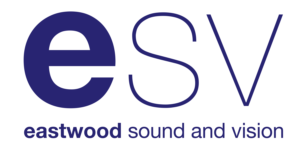 We would like to say a huge thank you to those of you who took the time each week to read, listen and vote for your favourite. Although this is the final part from Mike Aiton, we will bring you Part 4 – The Public Vote Round up, in August, where we will also announce the winners of our Sennheiser competition – entries close Friday 8th June 2018.
We would like to say a huge thank you to those of you who took the time each week to read, listen and vote for your favourite. Although this is the final part from Mike Aiton, we will bring you Part 4 – The Public Vote Round up, in August, where we will also announce the winners of our Sennheiser competition – entries close Friday 8th June 2018.
ESV are an approved certified Neumann reseller who are committed to carrying a large amount of stock available on a free, next working day delivery service – you can purchase all of the featured microphones from their website:
The TLM 102 Studio Set- Nickel / Black
The TLM 103 Studio Set- Nickel / Black
The TLM 107 Studio Set- Nickel / Black
U87AI Studio Set- Nickel / Black
Price Match: ESV will not be beaten on price and to ensure this they offer a Price Match Guarantee*.
Hire: ESV also offer an extensive range of Neumann microphones for rental just drop them a line for more info: 0203 137 2901 / [email protected]
*Terms and conditions apply
Still to come…
PART FOUR: Public Vote Round up
In Part 4, we reveal which microphones were used during which recordings and see how the public vote compares or differs to that of our experts.
Missed Part One – read the full review here
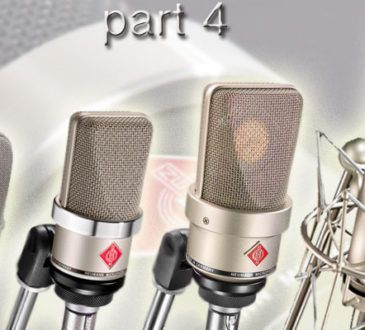
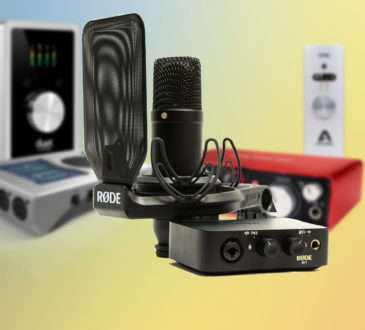
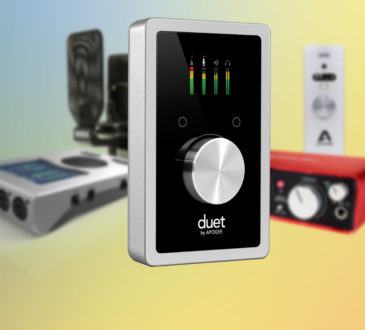
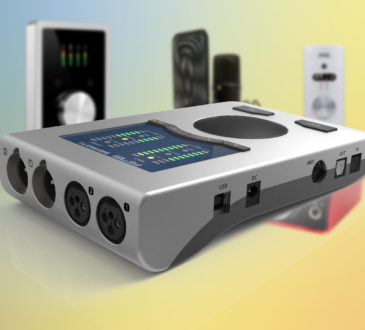
[…] PART THREE: Observations & Conclusions […]
[…] PART THREE: Observations & Conclusions […]
[…] the Cello, Male Voice Over, Female Vocal, Acoustic and Electric Guitar Recording Tests. In Part 3, Mike along with his expert listeners gave you his overall, in-depth summary of this family of […]